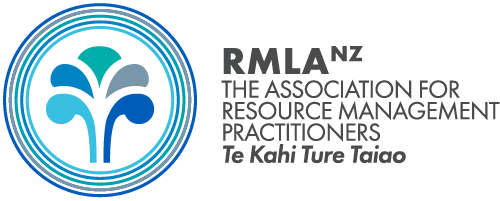NIWA UV research reinforces success of Montreal Protocol
On the eve of the 30th anniversary since the Montreal Protocol came into force, new research by NIWA scientists reinforces its reputation as the world’s most successful environmental treaty.
For the first time, research has shown that the protocol has been immensely successful in controlling the amount of ultra violet (UV) radiation reaching the Earth’s surface.
Writing in the latest edition of Nature journal Scientific Reports, the scientists say without the Montreal Protocol, the UV Index - the standard measurement for UV radiation which causes most skin cancers due to prolonged exposure - would have increased by about 20 per cent.
NIWA emeritus atmospheric radiation scientist Dr Richard McKenzie says that would mean sun damage would have occurred far more quickly than the 12-15 minutes it takes now.
The Montreal Protocol was signed by 196 states and the European Union in 1987, coming into force in September 1989. Its purpose was to protect the ozone layer by phasing out production of a range of gases responsible for ozone depletion. Ozone depletion causes a corresponding rise in UV and an increased potential to develop skin cancers. Dr McKenzie and his fellow authors remind us that the threat of increased UV is why the protocol was initially devised.Read the paper here
